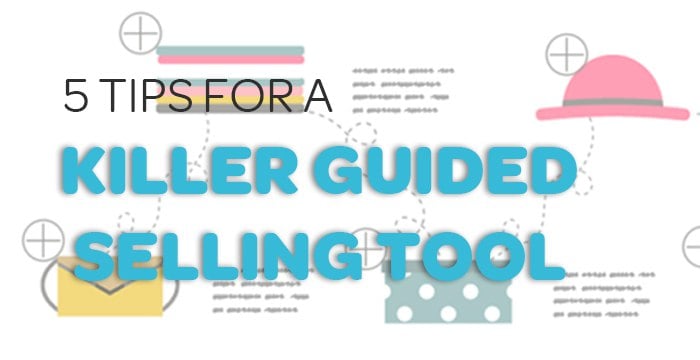Sharing perspectives on the latest trends and tips to help eCommerce brands stay ahead to engage and drive revenue.
Today’s digital customers don’t have a lot of time to waste. They want to visit, quickly browse, and easily purchase the products most relevant to them. For this reason, leading online retailers like
Marks & Spencer and
Neiman Marcus are placing customer experience as priority #1. Guided selling tools are one approach Marks & Spencer uses to provide recommendations for customers based on their unique interests. When done well, guided selling tools can surface the right content at the right time to engage each customer. But doing this well can be tricky. A poor guided selling experience can irritate customers and even damage a brand. Here are a few tips that companies can use to create killer guided selling tools that make an impact with customers and your online revenue.

